It is often said that “home is not a place, it is a feeling.” Owning a house is the ultimate dream of most people as it gives a secure feeling to an individual.
Emotion often affects the home buyer and makes it hard to imagine any problems with their new home. Every year lacs of homebuyers in India take possession of their property without knowing actual issues or defects. But they focus more on locations, rates, facilities, size, etc. before purchasing a home or apartment.
If you have bought a new / used re-sale home or apartment, home inspection becomes very important. A Home inspection ensures everything in the house is functioning properly and identifies needed repairs. Inspection is a significant way to become aware of the areas of the house that can act as a hazard or create problems in the future and also suggest solutions for specific issues. The Home inspection is an essential part that ensures a healthy home for your family.
The homeowner gets benefited from a 360 degree home inspection in the long run. The areas in your home or apartment comprise of Bedrooms, Bathrooms, Living and dining, Kitchens, Balcony, etc. The 7 basic elements in all the areas comprise of a wall, ceiling, floor, door, window, plumbing, and electrical. The checklist of a home inspection is vast and detailed. Let us explain you element-wise checklist of home inspection for Indian home/property in brief for better understanding.
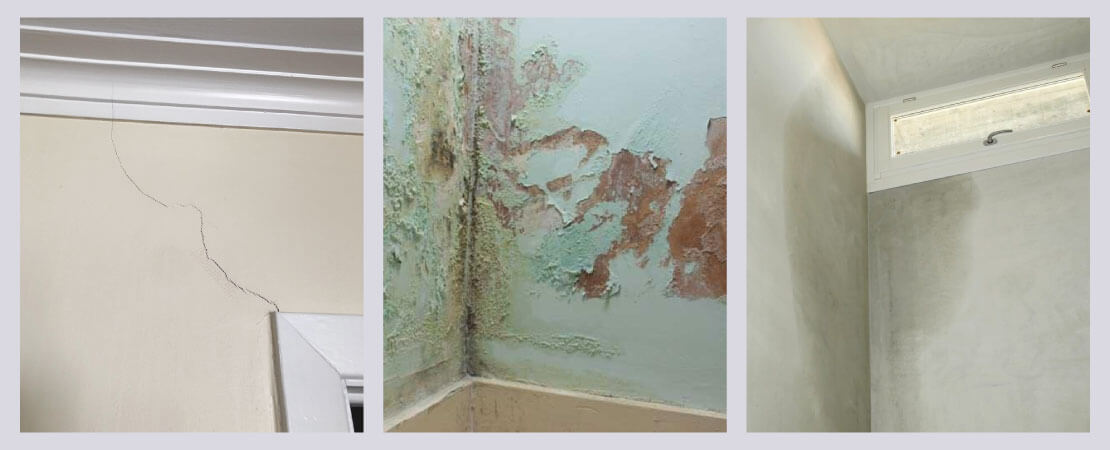
1. Walls
Walls are often ignored by homeowners. Wall is a continuous vertical member used to sometimes transmit load from beam to floor. It plays a significant role in a home. Having Wall Inspection done addresses you errors or issues before they become major problem.Essential points which are checked and generally observed on the wall:
- Cracks on the wall: Fluctuation in moisture and temperature causes constant expansion and shrinkage of concrete.Various types of cracks in building mostly take place during or after construction.The cracks in building may be structural cracks1 or non-structural cracks depending on its nature. Read The causes of cracks in your house.
- Defects depending on finish: As there are different finishes at a different stage of construction. Defects can vary depending on the stage of inspection. Different finishes can be plaster, putty and paint.
- General defects on plastered surface are crazing, separation crack at joints, efflorescence and hollowness on plastered surface, Flaking & peeling off plaster, loose plaster, undulation etc.
- General defects at putty finished wall are Surface damages,undulation,uneven, popping, peeling etc.
- General defects at paint finished wall are uneven finish,undulation,popping, peeling, discolouration etc.
- Dampness or Moisture on Wall: Flaking, popping, peeling, discolouration etc are visual signs of moisture. To get it rectified, it is important to detect the source of dampness and moisture through advanced technology. If not treated at the right time, this will lead to further deterioration.
Apart from this, waterproofing is checked in wet areas depending on the stage of inspection.

2. Ceiling
A ceiling is an overhead interior surface of a room or compartment. It can be made of RCC or masonry finish or can be a false ceiling. The Checklist varies depending on the type of material. Unevenness, undulation, crack, and other surface damages are commonly checked in most types. Similar to walls, visual signs of moisture or water stains are checked too in ceiling. Identifying the root cause of stain or other forms of moisture is the important step in dealing with it.
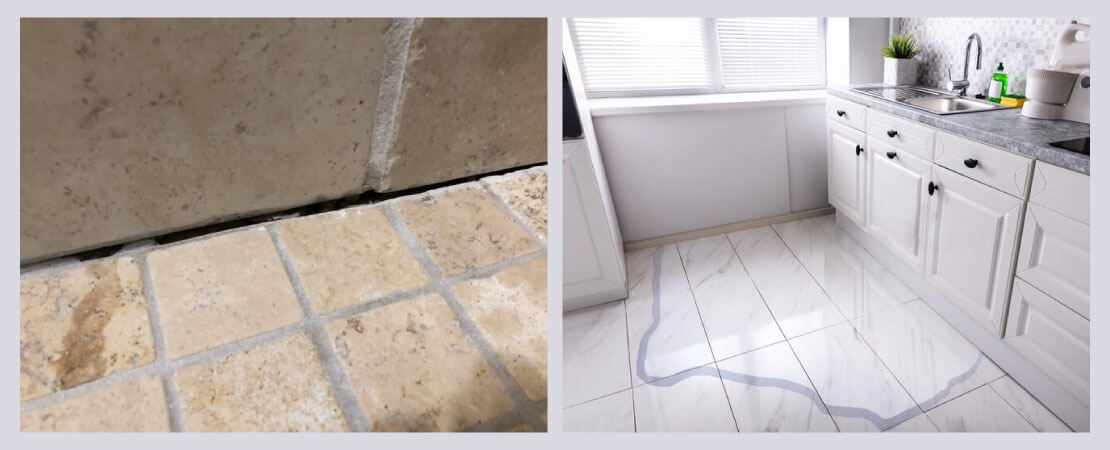
3. Flooring
When you enter your house, flooring is the first element you feel. Flooring adds to beauty of the room. There are various types of flooring materials – tiles, marble, mosaic, Neat cement flooring etc. Considering very common flooring(tile) , our checklist includes: Checking Hollowness on tile, cracked/broken tile, gap at tile joints, skirting fitted or not, slope at wet areas, etc. These points have their separate significance to check. Like it is necessary to check any hollow tiles present in flooring or dado. If there is any,then it can crack or get damaged on regular use. This can lead to seepage or other moisture-related problems. Similarly, gap at tiles and the incorrect slope will lead to seepage and other deterioration. So, to avoid the major cost and have hassle-free homes & living, it is very essential to check floors properly.
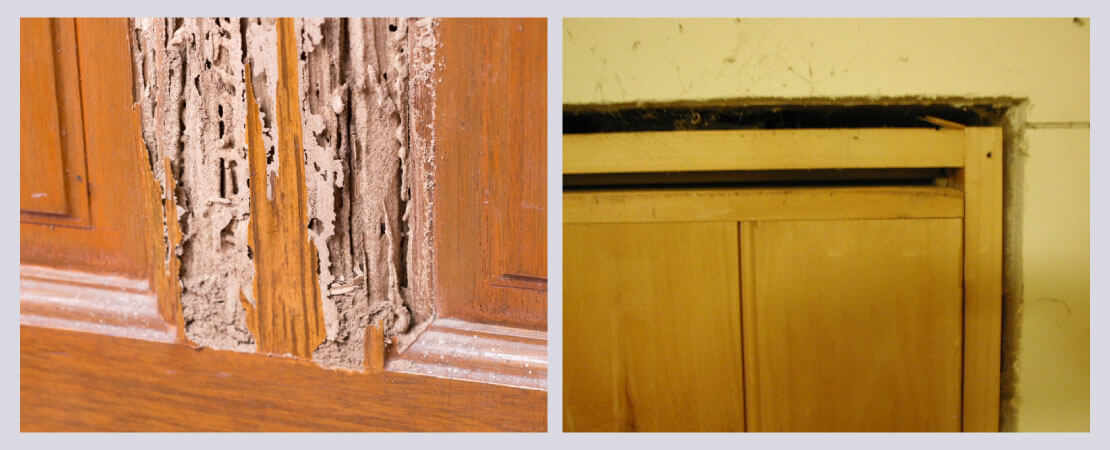
4. Doors
Doors play a significant role in the security of your homes. A door is a gateway and keeping that gateway strong and secure is a key factor in maintaining good home safety & security. Cracks at the frame, the gap between frame and wall, presence of borer or termite, firmness & stability, operation & functioning, alignment, other visual checks etc. are the main pointers in the checklist. The door is properly inspected for damaged, missing, and uneven fittings.
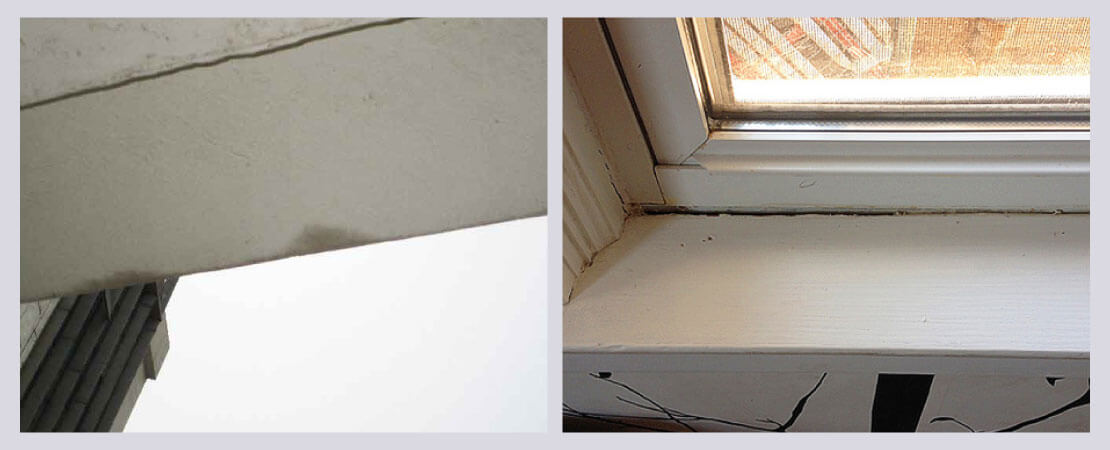
5. Windows
Windows are very important element for efficiency, security and appeal of your home. Apart from this, Windows provide our homes with light, warmth, and ventilation. Windows connect your home to the outer world. It is very essential to inspect your windows before you move in. Main pointers in the checklist: gap around windows frame, window installation, operation & function issue, window sill height, drip mould at chajja, etc. If there is a gap around window frame (may be due to sealant deterioration or sealant not provided), air seeping in and out of these gaps affects the energy efficiency of your home and also allows the moisture to enter inside the house which can cause severe damage to the property in future. Similarly, Chajja without drip mould may seem like a minor thing but it can let rainwater to enter home and can cause seepage problems and create hassles.
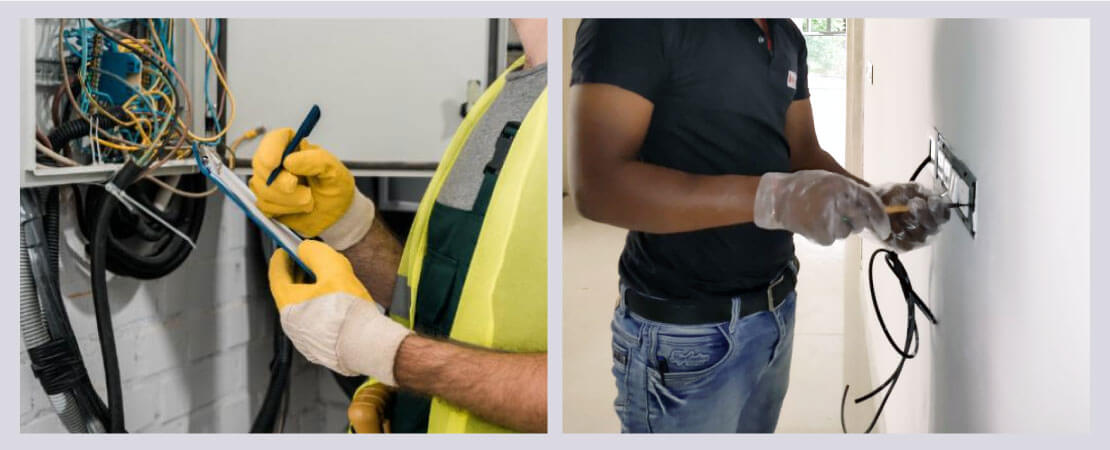
6. Electrical and Fixtures
A proper electric system functioning is an important factor for healthy and safe homes. An electrical inspection implies to detailed inspection of the electrical connections, wiring and basic electrical fixtures installed in your home. Electrical Safety is our first priority during inspection. Key parameters (checklist of our inspection) include:
- A thorough inspection of the electrical wiring system which includes detailed wiring connection & Wire Gauge.
- Inspection of each and every switch / socket boards – Operation and wiring.
- Position of installation of the electrical fan, light points, switch & socket boards.
- Ensuring a home free of electrical shock & electrical accident, and better service life of electrical equipment along with electrical safety
- Checking the functionality of RCCB2/MCB3, inadequate wire provision, improper earthling, loose connection, etc.
Apart from this need-based DB / MCB charting (Value-added service that comes with every inspection giving you the exact location of the load distribution from each MCB).
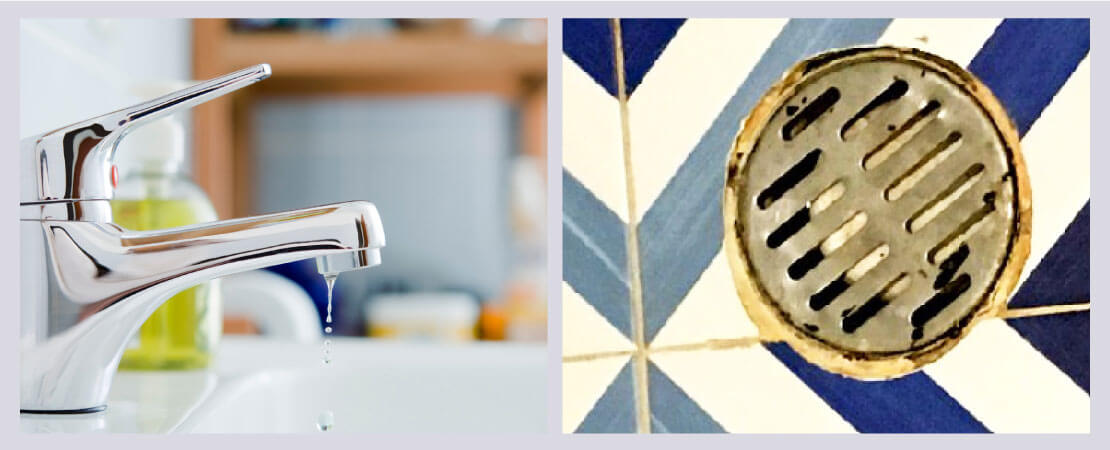
7. Plumbing and fixtures
A plumbing inspection is an important part of the entire inspection process. A professional inspection can save home buyers from future inconvenience and expenses. Taking care of your home’s plumbing system is essential to keeping the clean water flowing in and flushing your home’s waste out. Few pointers of the checklist are – Checking leaky faucets & pipes, blockage in the drain, water pressure, plumbing trap condition, the gap around drain outlet, water draining properly through outlet etc.
Nobody wants to enter a home to encounter leakage, seepage, damps, and other problems regarding moisture. You can also Check out 7 Plumbing Mistakes in Your New Home.
Apart from the above brief checklist of basic elements, identifying unsafe areas of a home is also important. We can also inspect exterior common areas like lobby area, roof etc. and fire safety depending on the requirement.
Conclusion
With the help of this content, our motive was to create awareness about the brief checklist of the home inspection process. Home inspection can show the true picture of your home/property. It minimizes the risk of your investment by showing you all the shortcomings, so that you get it repaired before it converts into a big problem. Hence, get your home/property inspected to have a safe and healthy home.

